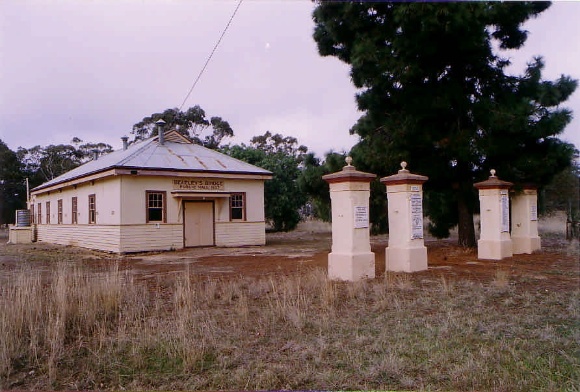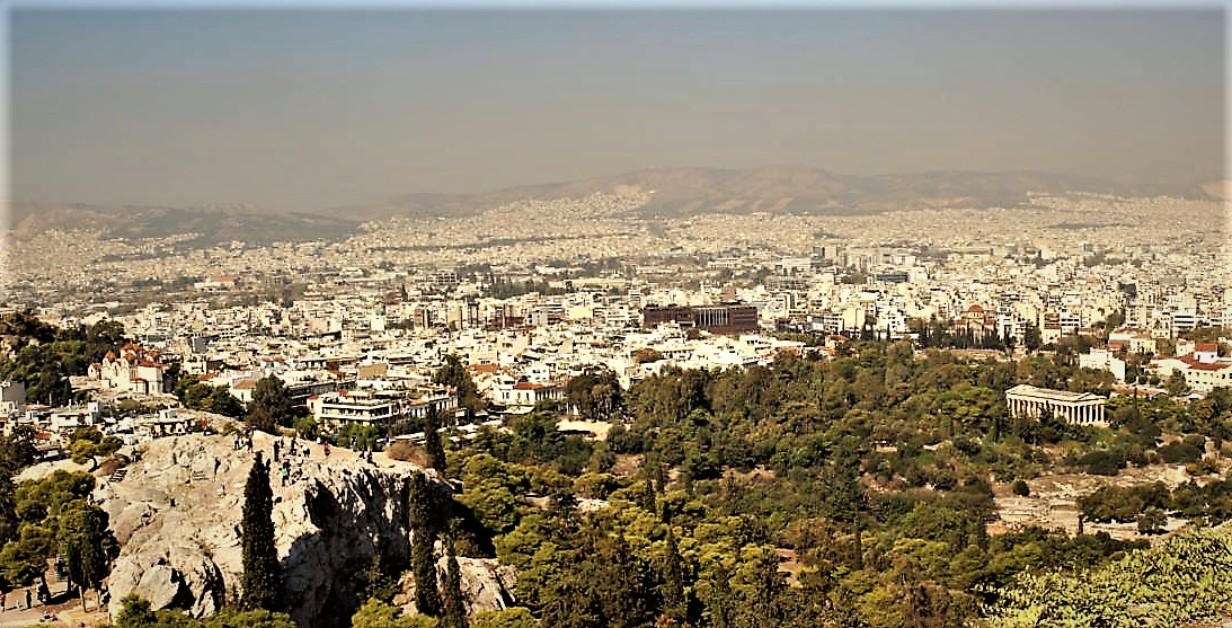shimmering stars and dancing dreams
 It’s gone now – the old beige hall at Beazley’s Bridge. For eight decades it marked the memories of the 36 fathers, sons, uncles and brothers who came from all corners of the district for the grand adventure in 1914, and again in 1939. Some returned. Some did not.
It’s gone now – the old beige hall at Beazley’s Bridge. For eight decades it marked the memories of the 36 fathers, sons, uncles and brothers who came from all corners of the district for the grand adventure in 1914, and again in 1939. Some returned. Some did not.
A creek runs behind where the hall stood, an area rich for exploration. The nearby bush is not the dense green bush of the mountains but the dreary eucalypts of the wheat and sheep country.
It was a place where I spent much of my early childhood, building memories and bonds. It had a bridge and a community hall. At some stage, back in the day, it had a sawmill, creamery and school. Now it only has the bridge. The hall is gone although the four pillars with their marble tablets are still standing guard over the empty site — the gates and fences have long since disappeared.
Each of the pillars carries the names of those from the district who answered the call. The inscription reads: “They sleep among the honoured dead their duty nobly done.” It was carved at a time when the world had a different view of conflict. No one went there on ANZAC Day. There was no Dawn Service, no flowers, no one to visit the names. Back in the day, these halls played multiple roles reminding us of those who served, as well as providing the social heart of the local district.

This was where newcomers were welcomed and others were farewelled; where engagements, weddings and births were celebrated with a knock-about band and a keg out the back, and on Sunday, once a month, a religious service in the heat and dust. At any function aside from the Sunday Church, you would find the men out the back around the keg during the hot summer and around a blazing fire on cold winters nights, while the younger and more optimistic women waited inside for their partners.
The second group of women, older and much wiser in the ways of such functions, were inside too, preparing the supper in the kitchen and swapping recipes and gossip while we kids slid up and down the floor which had been polished with a combination of sawdust and kerosene.
It was where kids ran with unchecked energy and slept in the back of the car when the night dragged on too long. It was where mothers taught their sons social graces, the waltz and the Pride of Erin (an ever popular for debutantes) and as you got older, fathers introduced you to cold beer and the company of men. They were shearers and farmers who frequented the hall; workers and jacks-of-all-trades who gathered to talk about the weather and wisely and knowingly talk about crops and harvests.
Standing shoulder to shoulder with these men moved you from boyhood to a wannabe man; a rite of passage tacitly supported by fathers and frowned upon by mothers. The hall was an important part of your journey towards growing up — marking various stages of your initiation into the mysteries of men talk.
Sometimes, as they stood draining what was left in the keg, you would go to the pillars and slowly run your fingers through the grooves, tracing the names of the fallen and the returned. I did not know them — but they were part of the local folklore, part of local history.
Now the hall is gone,a victim of modern efficiencies. The last function was the celebration of a 21st birthday of the daughter of a fifth-generation family. It seems it had served its purpose, respecting history, welcoming new lives and new families. Now it is gone and along with it one more bond with the past.
©



Comments